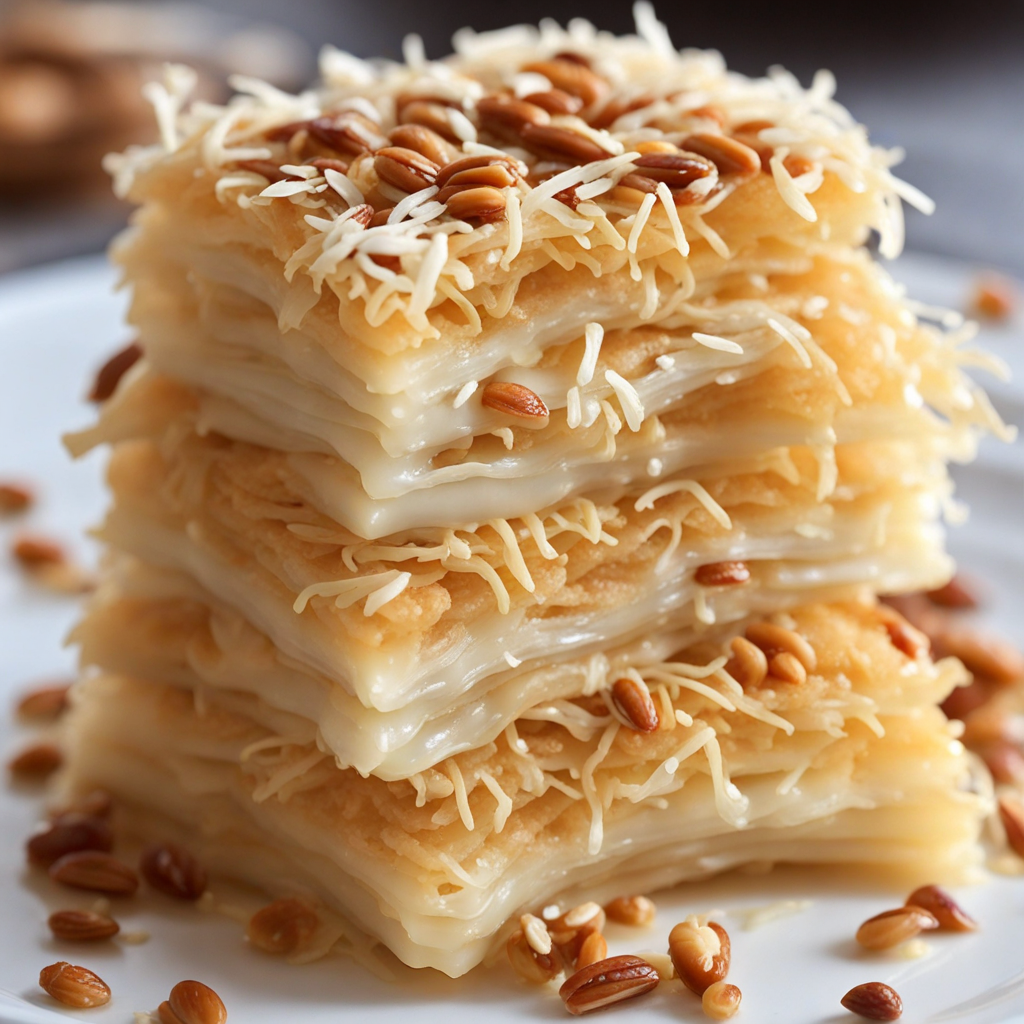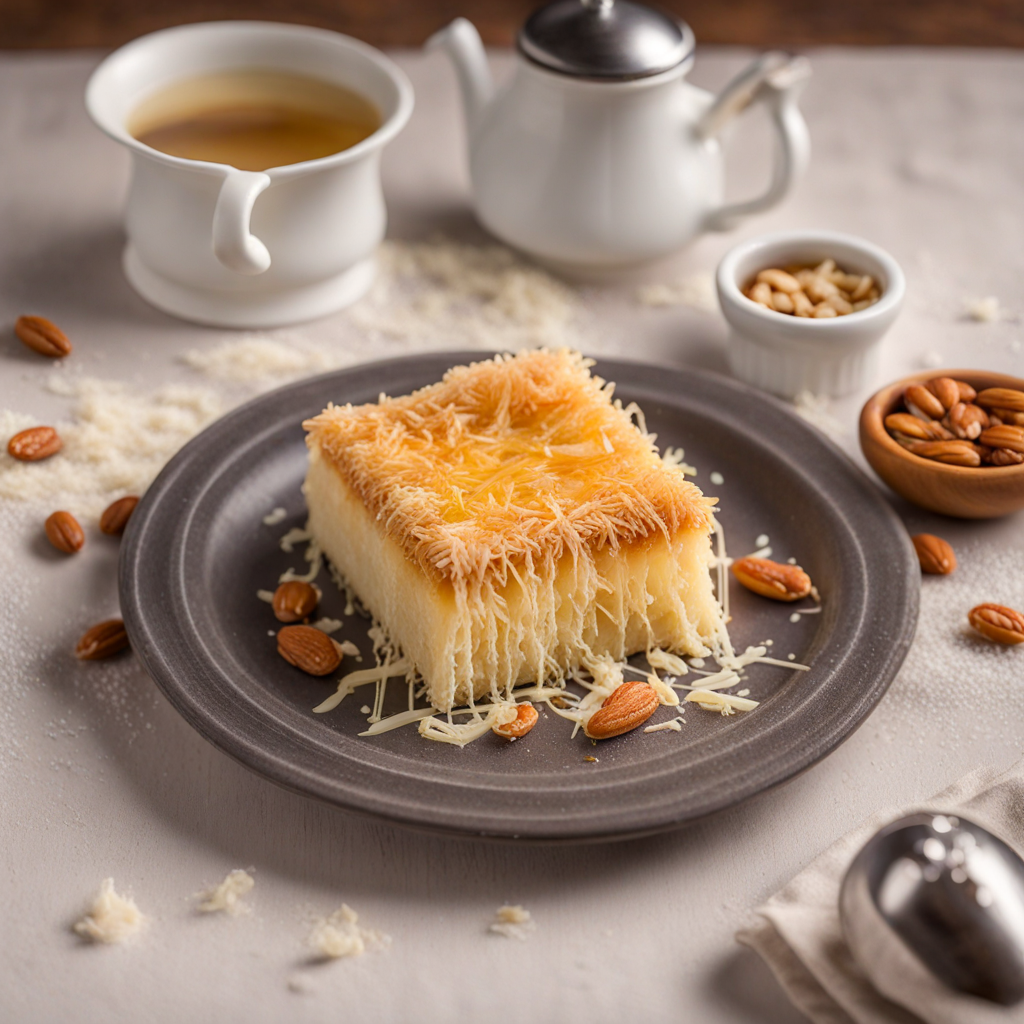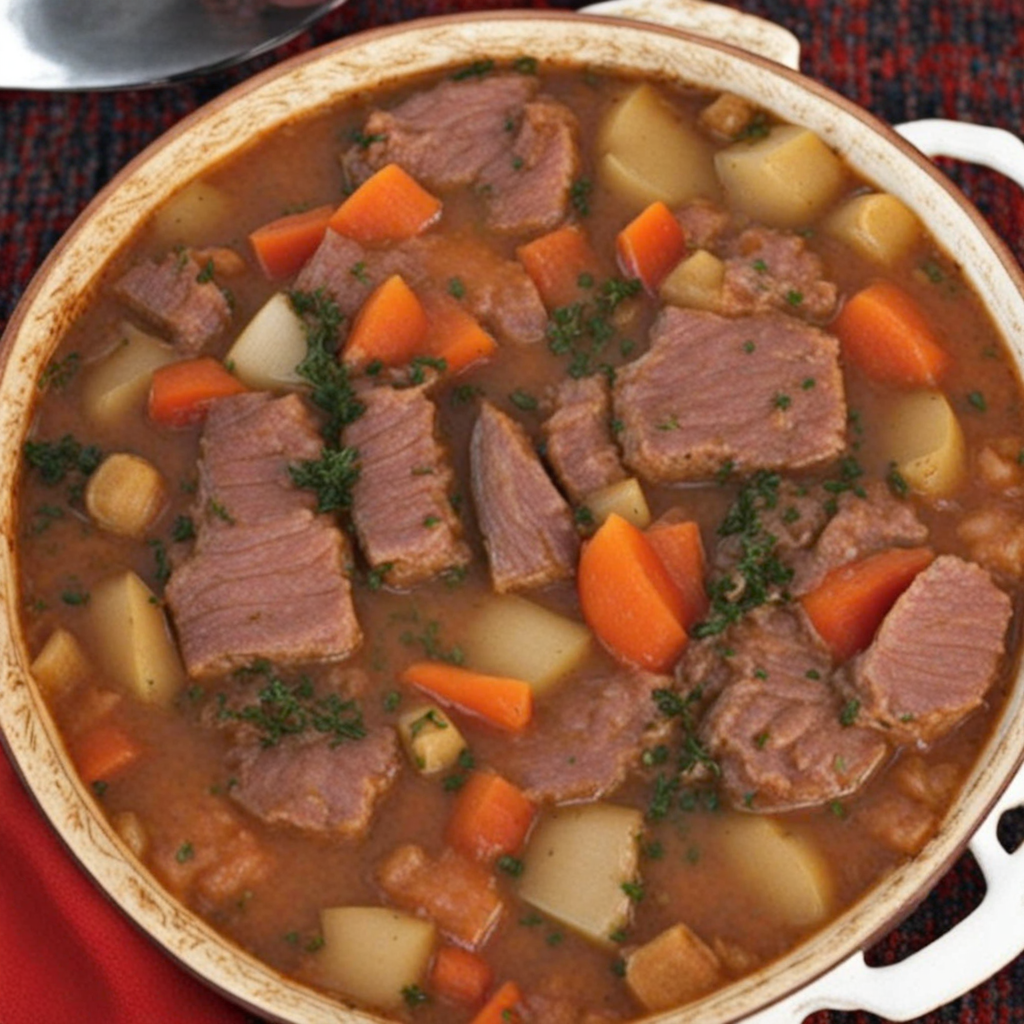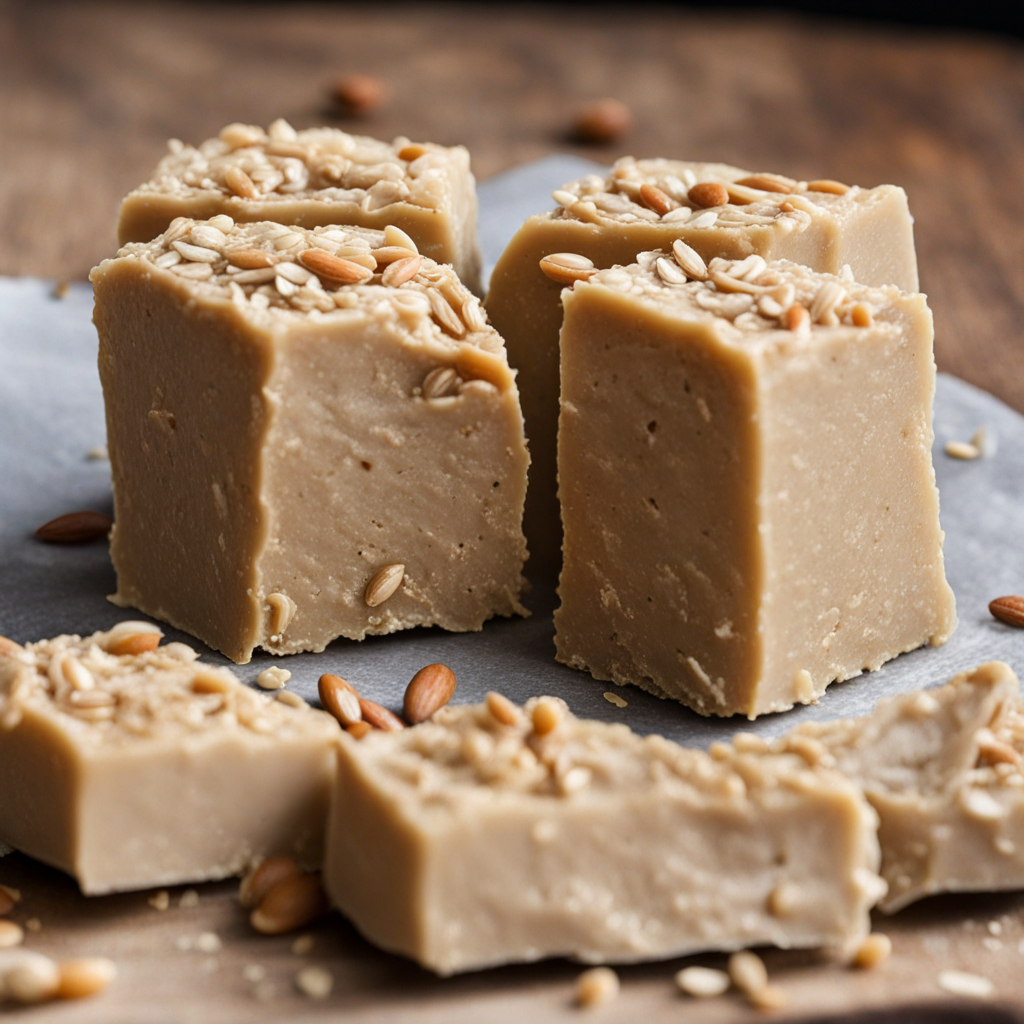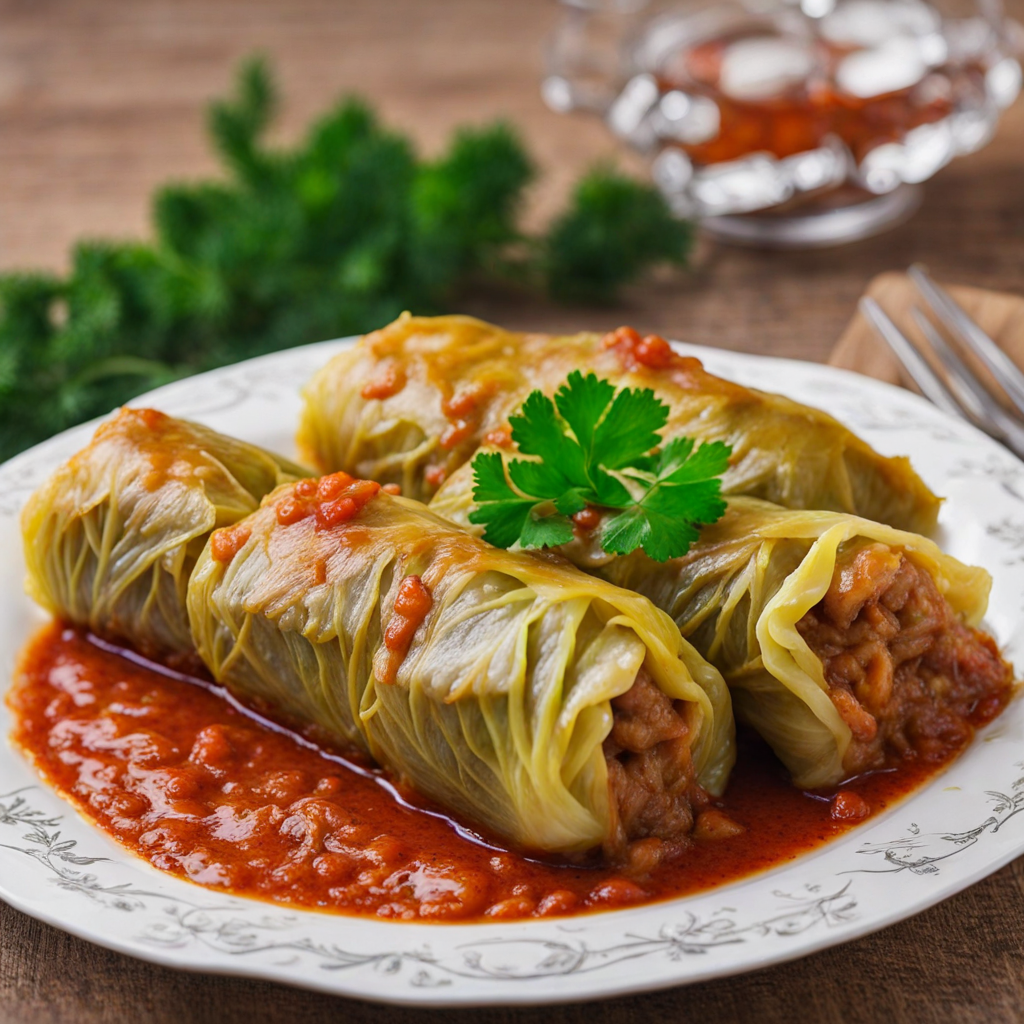Kadaif
Kadaif is a traditional Bosnian dessert that beautifully showcases the region's culinary heritage with its delicate, intricate layers. This sweet treat is made from shredded phyllo dough, known as "kadaif," which is lightly toasted to achieve a golden-brown hue that adds a delightful crunch. The dough is then expertly layered with a rich filling, often composed of ground nuts such as walnuts or pistachios, mixed with sugar and aromatic spices like cinnamon. The result is a harmonious balance of textures that elevates the eating experience, offering both a satisfying crunch and a luscious interior. What sets Kadaif apart is its preparation process, which involves soaking the layered pastry in a fragrant syrup made from sugar, water, and lemon juice. This syrup not only adds sweetness but also infuses the dessert with a zesty brightness, enhancing the overall flavor profile. The combination of the crispy exterior and the syrup-soaked interior creates a delightful contrast, making each bite a unique journey of taste and texture. Kadaif is often garnished with crushed nuts or a sprinkle of powdered sugar, adding an extra touch of elegance to this already impressive dessert. Traditionally served during special occasions, Kadaif is a beloved staple in Bosnian households, embodying the warmth and hospitality of the region. With its rich flavors and delightful textures, this dessert invites you to explore the sweetness of Bosnian cuisine. Whether enjoyed as a post-meal treat or during festive gatherings, Kadaif promises to transport your taste buds on an unforgettable adventure, showcasing the artistry and passion that define Bosnian culinary traditions.
How It Became This Dish
The History of Kадаиф in Bosnia and Herzegovina Kadaif, a delightful confectionery that has captured the hearts and palates of many in Bosnia and Herzegovina, has a rich and intricate history that intertwines with the region's cultural tapestry. This traditional dessert, characterized by its delicate, thin strands of pastry, is often layered with nuts and soaked in syrup, creating a sweet and aromatic experience. To understand the significance of kadaif, we must delve into its origins, cultural relevance, and its evolution over the centuries. #### Origins of Kadaif The origins of kadaif can be traced back to the Ottoman Empire, which spanned from the late 13th century until the early 20th century. As the empire expanded, it absorbed various culinary traditions from the diverse cultures within its borders, leading to a fusion of flavors and cooking techniques. The term "kadaif" itself is derived from the Arabic word "kata'if," which refers to a type of thin pastry. This dessert is believed to have roots in Middle Eastern cuisine, where shredded phyllo dough is used in various sweets, notably in the preparation of desserts like knafeh and baklava. In Bosnia and Herzegovina, kadaif became popular during the Ottoman period, when the culinary arts flourished under the influence of Turkish cuisine. The introduction of sugar, nuts, and spices transformed the local dessert landscape, and kadaif emerged as a beloved treat among both the Muslim and Christian populations. The dessert's ability to transcend religious and cultural divides speaks to its universal appeal. #### Cultural Significance Kadaif holds a special place in the hearts of many Bosnians, often associated with celebration and hospitality. It is a common feature at weddings, religious holidays, and family gatherings. Preparing kadaif is not merely a culinary task; it is an occasion for families to come together, sharing recipes and techniques passed down through generations. The act of making kadaif is imbued with tradition, often involving the participation of multiple family members, each contributing their unique touch to the final product. In Bosnia, kadaif is not just a dessert; it is a symbol of generosity and warmth. Serving kadaif to guests is a way of honoring them, reflecting the Bosnian value of hospitality, known as "dobrodošlica." Whether shared during a festive occasion or offered with a cup of coffee, kadaif embodies the spirit of togetherness and community. #### The Development of Kadaif Over Time As Bosnia and Herzegovina underwent significant political and social changes throughout the 20th century, so too did the preparation and consumption of kadaif. The dissolution of the Ottoman Empire after World War I marked a turning point for many traditional foods, as national identities began to solidify. However, rather than fading, kadaif adapted to the new cultural landscape. Post-World War II, during the period of socialism, kadaif remained popular, but its preparation often became streamlined. Many families began to rely on commercially produced kadaif, which was more accessible and required less labor than the traditional homemade versions. This shift represented a broader trend in post-war Bosnia, where convenience began to take precedence over the artisanal methods of the past. The 1990s brought about further changes amid the tumult of the Bosnian War. Food became a poignant symbol of resilience and survival during these challenging times. Despite the hardships, Bosnians continued to celebrate life’s little pleasures, and kadaif was no exception. In war-torn neighborhoods, families would gather to make and share this beloved dessert, reinforcing their communal bonds even in the face of adversity. In the 21st century, as Bosnia and Herzegovina has sought to reclaim and celebrate its cultural heritage, kadaif has experienced a resurgence. Increased interest in traditional foods has led to a revival of artisanal methods, with younger generations reconnecting with their culinary roots. Local bakeries and pastry shops have begun to craft kadaif using time-honored techniques, often incorporating locally sourced ingredients. This revival has also spurred a growing interest in food tourism, with kadaif becoming a symbol of Bosnian cuisine that attracts visitors eager to experience its flavors. #### Kadaif Variations and Modern Interpretations While the traditional kadaif consists of thin dough, nuts, and syrup, regional variations have emerged over time. In Bosnia, walnuts are the most commonly used nut, but some recipes incorporate almonds or pistachios, reflecting local preferences and available ingredients. In addition to the classic version, modern interpretations of kadaif have begun to appear, often featuring innovative twists such as chocolate fillings, fruit compotes, or even fusion desserts that blend kadaif with other culinary traditions. Chefs and home bakers are also experimenting with healthier alternatives, substituting traditional ingredients with nuts and natural sweeteners. This evolution of kadaif showcases not only the adaptability of the dish but also a growing awareness of dietary preferences and health-conscious eating. #### Conclusion Kadaif is more than just a dessert in Bosnia and Herzegovina; it is a testament to the country’s rich culinary heritage and its capacity for resilience and adaptation. From its Ottoman roots to its role as a symbol of hospitality and community, kadaif has woven itself into the cultural fabric of Bosnia, reflecting the diverse influences that have shaped the region over centuries. As Bosnians continue to celebrate their culinary traditions, kadaif stands as a delicious reminder of the power of food to bring people together. Whether enjoyed during a festive occasion or as a sweet treat with coffee, kadaif remains an enduring symbol of home, history, and the shared joys of life. In a world that is ever-changing, the strands of kadaif connect generations, preserving the past while nourishing the future.
You may like
Discover local flavors from Bosnia And Herzegovina


